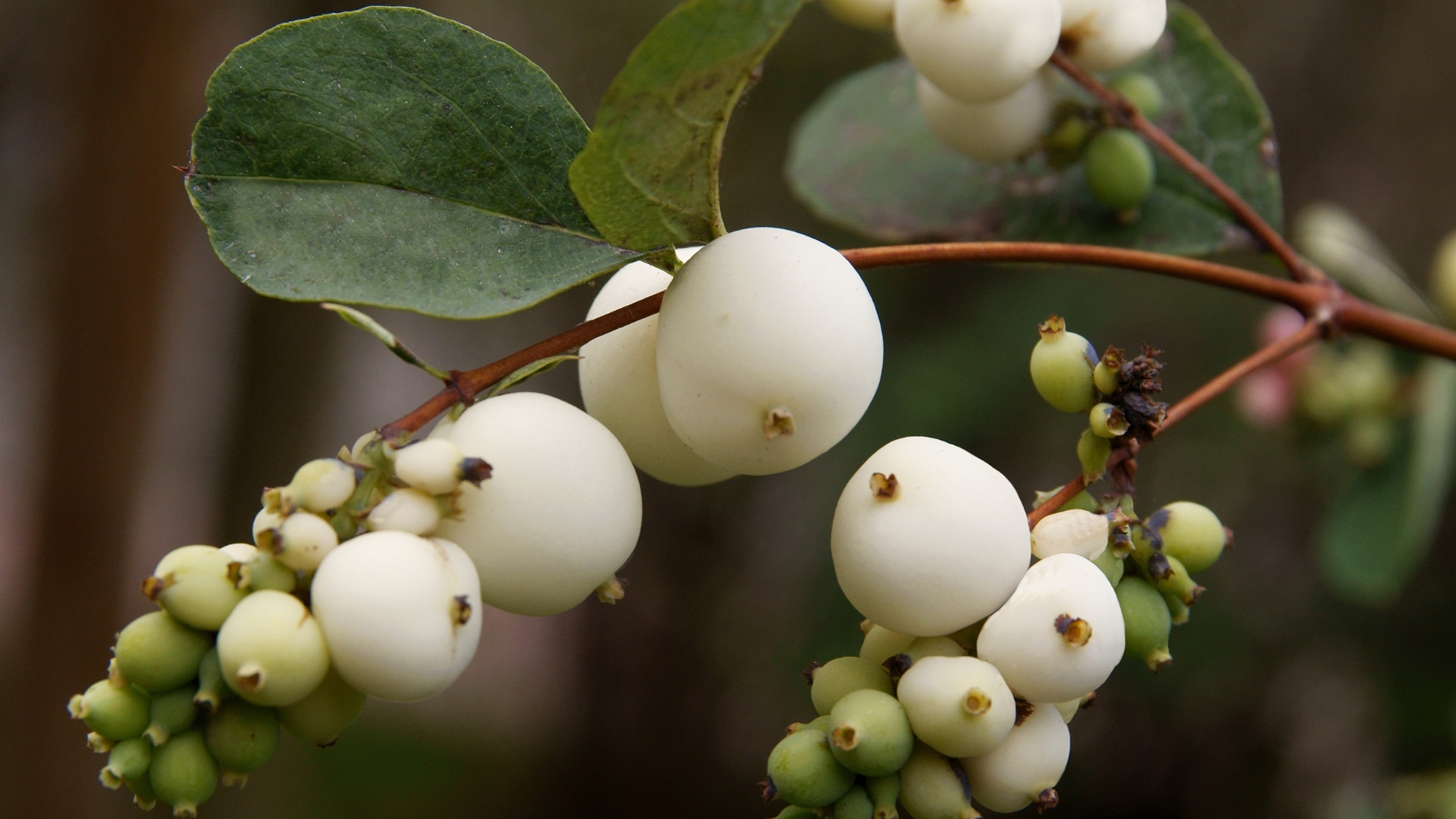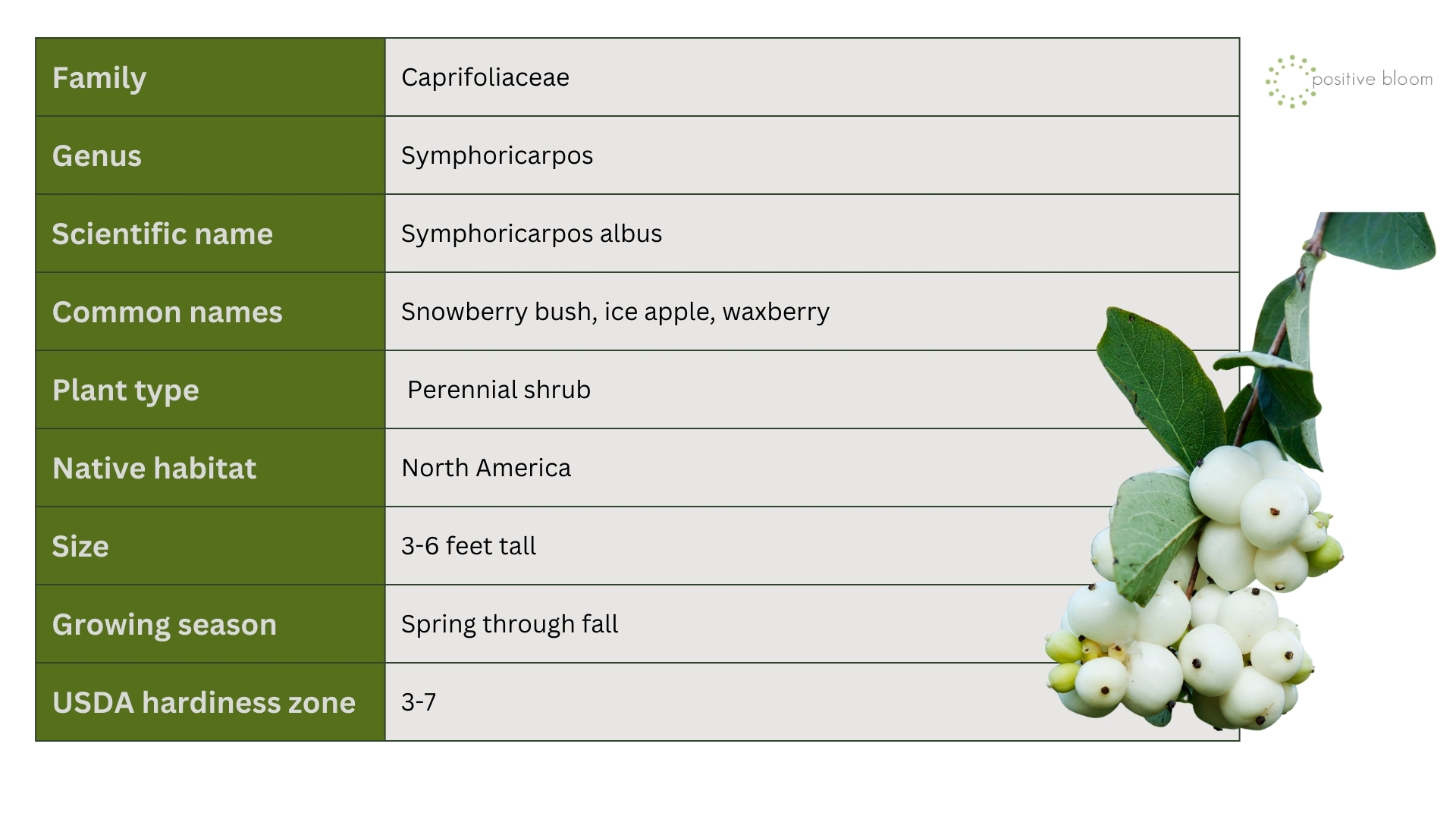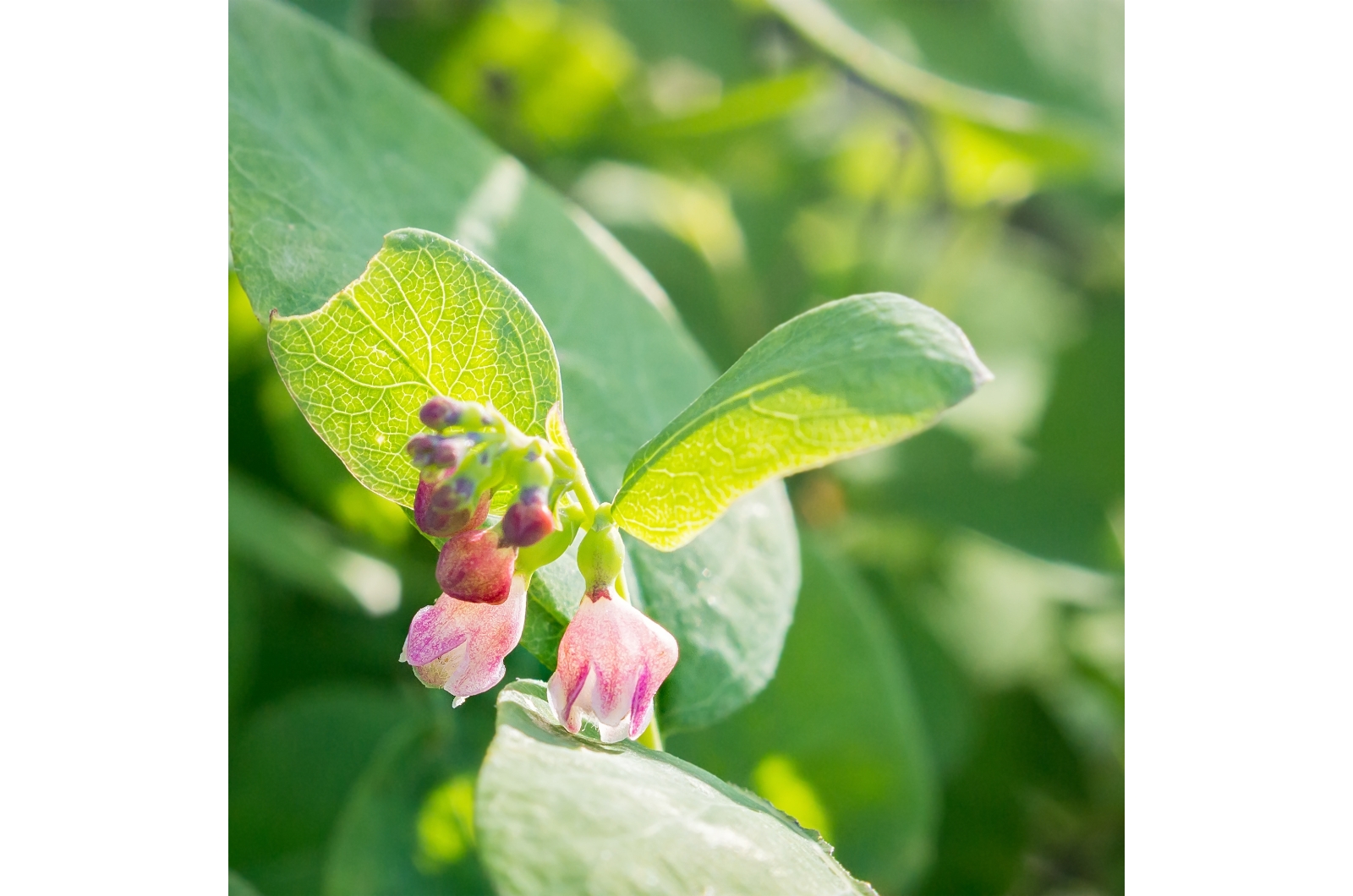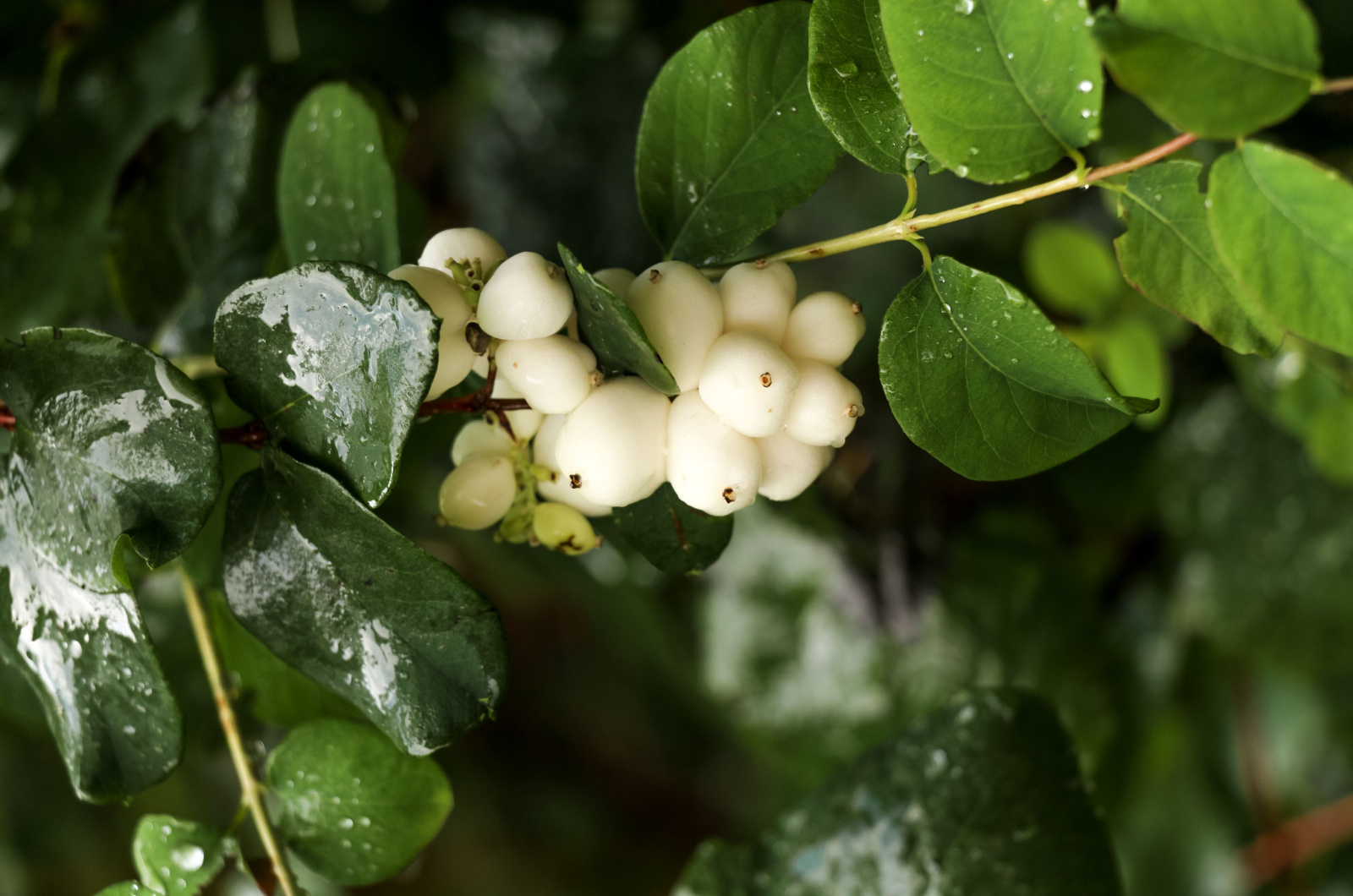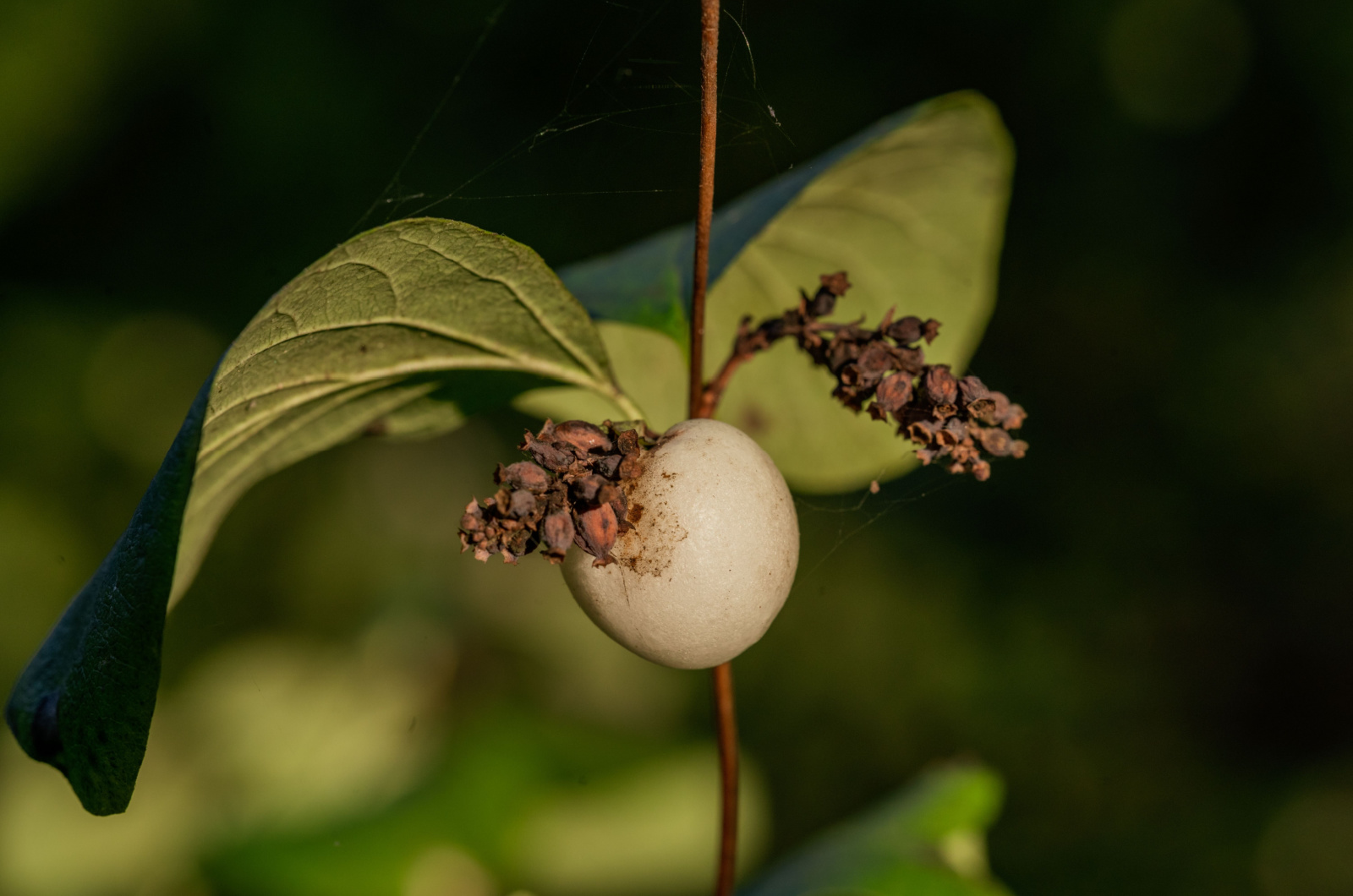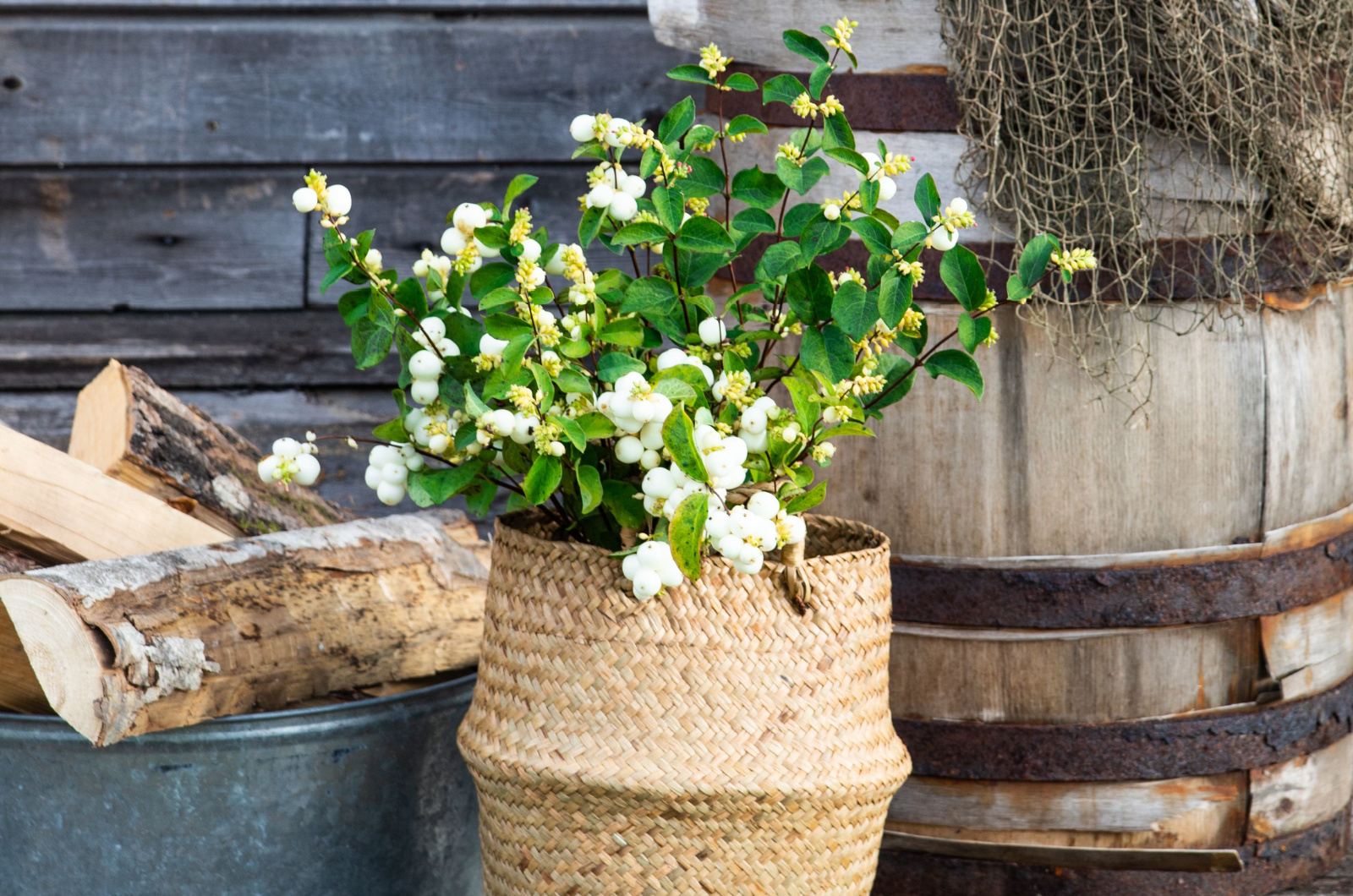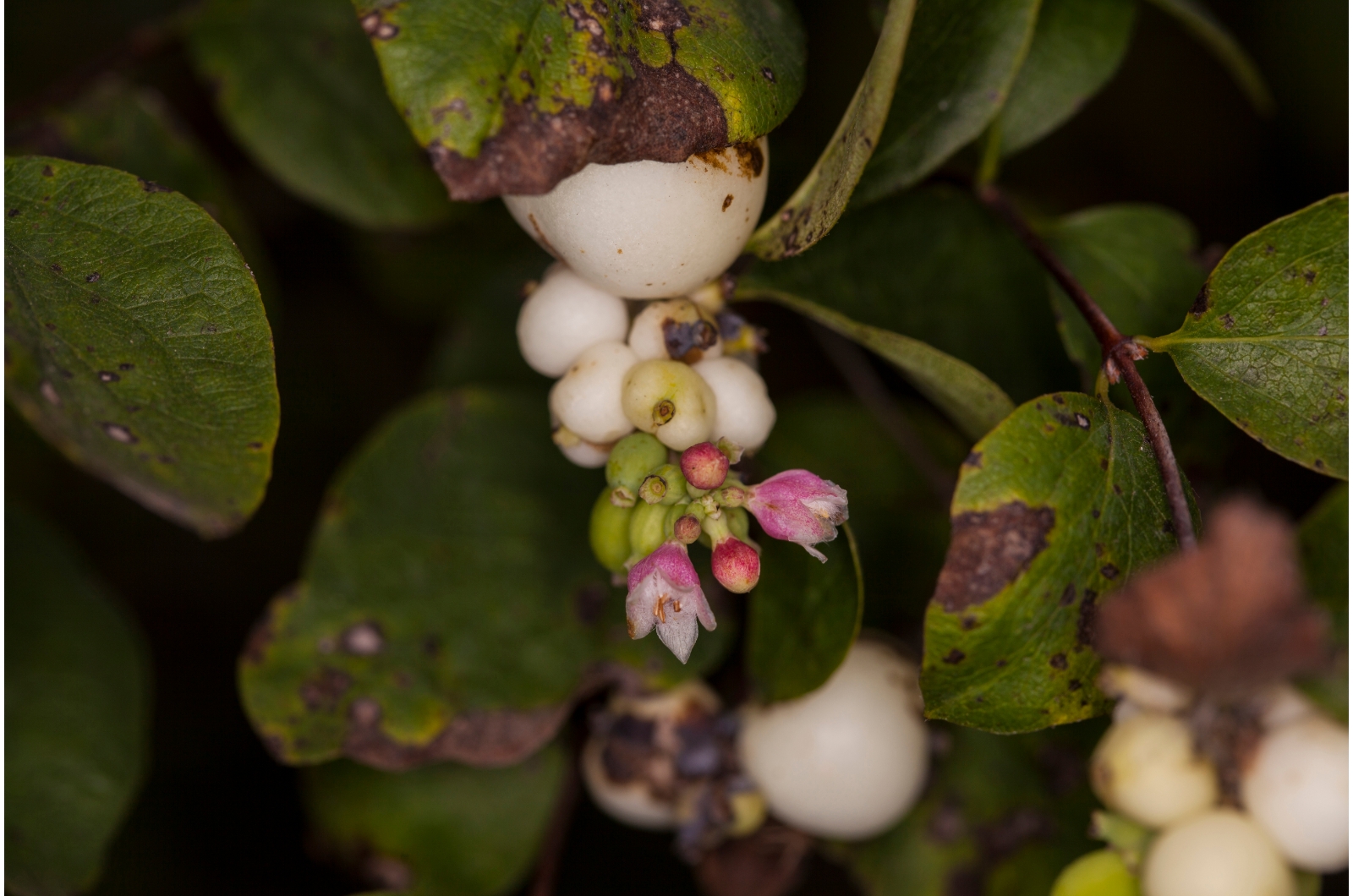Perennial shrubs are frequently used for elevating garden designs, but choosing suitable species can be pretty challenging. There are so many plants to choose from, and if you can’t decide, I have a perfect shrub for you.
The snowberry bush is a breathtaking shrub renowned for its snow-white berries and clusters of tiny pink and white blossoms.
These plants are actually native to North America, so growing them in your garden has various benefits.
In this article, I’ll show you how to plant and grow snowberry bushes, and how to get more of these amazing plants for free!
Let’s get started!
More About Snowberries
Snowberries are native deciduous shrubs and they are primarily grown for ornamental purposes.
They belong to the same family as honeysuckles, and gardeners love them for their resilience. Snowberries can be found in grasslands and forests and can adapt easily to different light and soil conditions.
There are some cultivars such as Symphony Pink that produce pink berries, but these aren’t native to North America, which means they don’t offer the same benefits.
The snowberry bush won’t exceed 6 feet, and it will enter dormancy when the fall arrives. It features rounded foliage and tiny white and pink blossoms that give rise to splendid white berries.
Interestingly, this plant was used for medicinal purposes in the past, but the snowberry bush is actually toxic, which is why it’s used as an ornamental plant today. (1)
However, the reason why you should grow it, and the main benefit of the snowberry bush, is that it will attract butterflies, bees, and hummingbirds to your garden and make it wildlife-friendly.
How To Plant Snowberry Bushes
The best time to plant the snowberry bush is in spring, i.e., after the danger of the last frost has passed.
Planting it in summer is also possible but the reason why you should do it in spring is because you want it to establish well before the temperatures rise.
Even though snowberry bushes are considered drought-tolerant, they will need supplemental watering during the hot summer days.
Some gardeners plant their snowberries in the fall, but bear in mind that, in this case, you need to be careful about cold snaps. Plant it in early or mid-fall so that your snowberry has enough time to establish before it enters dormancy.
A Complete Growing Guide
Snowberries aren’t fussy over their growing conditions but they have higher maintenance needs than some other common garden plants.
Let’s see what you need to ensure for your snowberry bush to thrive!
Light
The great thing about snowberry bushes is that they can grow well in both full sun and partial shade. Of course, the more sun exposure the plant has, the more blossoms and berries it will produce.
A spot with approximately 6 hours of direct sunlight will work best for your snowberry bush. If the spot is shady, the number of blossoms and berries will be smaller but the plant will still grow healthily.
If you live in warmer climates, it would be best to ensure some afternoon shade for your snowberries to protect them from extreme heat and drought.
Ideal Soil Type
Since snowberries grow in forests and grasslands that have different growing conditions, they can adapt to various soil types.
No matter which type of soil you have – rocky, sandy, or clay – your snowberries will develop healthily. Therefore, no amendments are required and no soil testing!
Watering Schedule
I’ve already mentioned that snowberries are considered drought-tolerant, but you should know that they won’t grow in prolonged drought.
I recommend ensuring about an inch of water weekly for your snowberries from spring through fall.
These perennial shrubs are dormant during the winter months, so they won’t need supplemental watering. The only exception is snowberries grown in regions with dry winters without any snow.
Never water your snowberry bush when the ground is frozen or the temperatures are below 40 degrees Fahrenheit.
Temperature And Humidity
One of the best things about these deciduous shrubs is that they can survive harsh winters. Snowberries grow well in USDA zones 3 through 7 and can tolerate temperatures down to -40 degrees Fahrenheit.
However, these perennials don’t have such tolerance to high temperatures and you’ll need to water them more frequently and protect them from harsh sun rays if you live in warmer climates.
When it comes to humidity, snowberries aren’t fussy and can tolerate different humidity levels. Moderate humidity can help your snowberry bushes affected by prolonged drought.
Fertilizing
If you’re a beginner gardener, you’ll be happy to hear that snowberries don’t require any feeding. They’ll spread vigorously in ideal growing conditions, so fertilizing them is a waste of time and money.
However, if your snowberry generates fewer blooms, you can feed it every two years. Applying compost once every couple of years will meet all snowberry bush requirements.
Tips For Maintenance
The primary goal of pruning your snowberry bush is to get rid of the damaged, diseased, or discolored branches. Always plan on pruning this perennial in early spring, before new growth occurs.
Even though you can prune your snowberry in the fall to remove damaged sections, remember that you’ll need to repeat the task again in the spring because there will most likely be some winter damage.
If you have a specific shape in mind, make sure to prune your snowberry in the fall, i.e., after the flowering stage ends. While reshaping, you can also remove the suckers to prevent your snowberry from spreading.
How To Grow Snowberry Bushes in Pots
This deciduous shrub doesn’t perform well in a container. The main reason is the deep root system; roots can grow up to 3 feet, so it’s better to plant your snowberry directly in the ground.
Some gardeners do pot their snowberries, but that’s just temporary. For instance, if you want to relocate your bush, you can keep it in a container until you find a suitable spot.
You can also plant the snowberry suckers in containers, but you’ll need to transplant them into the ground at some point.
How To Propagate
Once you see splendid white berries in your garden, you’ll definitely want to get more of these plants.
I don’t recommend the seed propagation method when it comes to snowberries. Removing seeds from berries is tricky and time-consuming and they require specific stratification conditions.
The easiest way to get new snowberries is by using the suckers. In the late summer or fall, you can dig up the suckers and replant them.
You can also take softwood snowberry cuttings at this time, making sure they have a couple of nodes attached. Cut off the lower leaves, dip the cut end in a root hormone, and put your snowberry in the soil.
New roots should appear in a few weeks, and all you need to do is plant your new snowberry in the ground.
Common Issues
These shrubs are very resilient but there are some diseases to watch out for. If some orangish-reddish spots appear on snowberry leaf undersides, the rust disease is most likely the culprit.
High humidity and dense spacing may lead to rust in your snowberry, so make sure you prune the plant to promote air circulation and prevent diseases from spreading.
If the leaves are covered in a powderish substance, your snowberry may be suffering from powdery mildew. Cool and damp conditions are to blame in this case, so make sure you increase airflow and avoid watering your snowberry overhead.
The other two diseases that can affect this perennial shrub are berry rot and leaf spot. Dark purple to black spots appear on the leaves, and you need to remove all the infected leaves to prevent the disease from spreading.
Luckily, these issues are rare, but make sure to provide your snowberry bush with the ideal conditions.
References
1. Common Snowberry (U.S. National Park Service). (n.d.).

